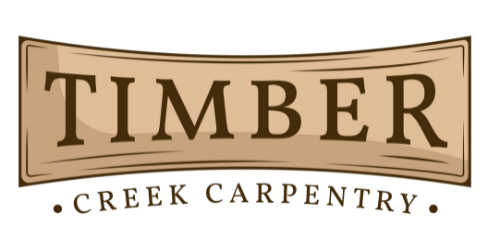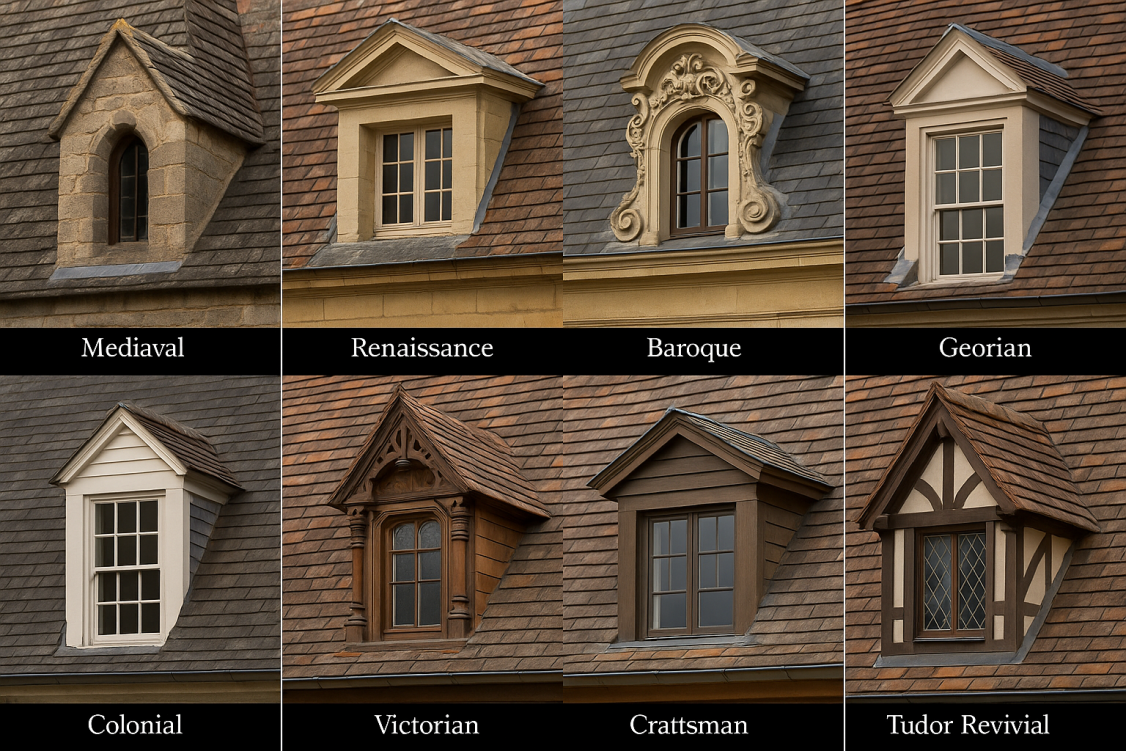🏰 Medieval & Gothic Dormers (12th–15th centuries)
-
-
-
-
Style: Steeply pitched gables with pointed arches.
-
Materials: Stone or timber with heavy lead or slate roofs.
-
Use: Primarily to ventilate and light attics in castles or manor houses.
-
-
-
🏛️ Renaissance Dormers (15th–17th centuries)
-
-
-
-
Style: Classical detailing—columns, pediments, and entablatures.
-
French Influence: The “lucarne” (ornate dormer with decorative scrollwork and pediments) is common in châteaux.
-
Features: Symmetrical placement and integration into formal facades.
-
-
-
🇫🇷 Baroque & Rococo Dormers (17th–18th centuries)
-
Style: Highly ornate with flowing curves, sculpted reliefs, and decorative finials.
-
Roof Shapes: Often incorporated into mansard roofs.
-
Famous Use: Parisian buildings with curved dormers in mansard roofs—still iconic today.
🇬🇧 Georgian Dormers (18th century)
-
Style: Clean lines, symmetry, and minimal ornamentation.
-
Type: Gabled or shed dormers often with sash windows.
-
Placement: Aligned neatly with windows and doors below.
🇺🇸 Colonial & Federal Dormers (18th–early 19th centuries)
-
Style: Modest, functional, and proportional.
-
Type: Gabled or segmental (arched) dormers.
-
Use: Prominent in Colonial Williamsburg and early American homes.
🏡 Victorian Dormers (mid-to-late 19th century)
-
Style: Ornate and varied—includes Gothic Revival, Queen Anne, and Second Empire.
-
Features: Decorative bargeboards, finials, and shingles.
-
Roof Integration: Sometimes compound forms with turrets or towers.
🧱 Craftsman & Arts and Crafts Dormers (early 20th century)
-
Style: Low-pitched shed or gabled dormers with exposed rafters.
-
Materials: Natural wood, stone, and shingled cladding.
-
Philosophy: Emphasized handcrafted, honest materials.
🌆 Tudor Revival Dormers (1920s–1930s)
-
Style: Steep gabled dormers, often with timbering and masonry.
-
Inspiration: English medieval and Elizabethan styles.
-
Roof Details: Asymmetrical, picturesque rooflines.



